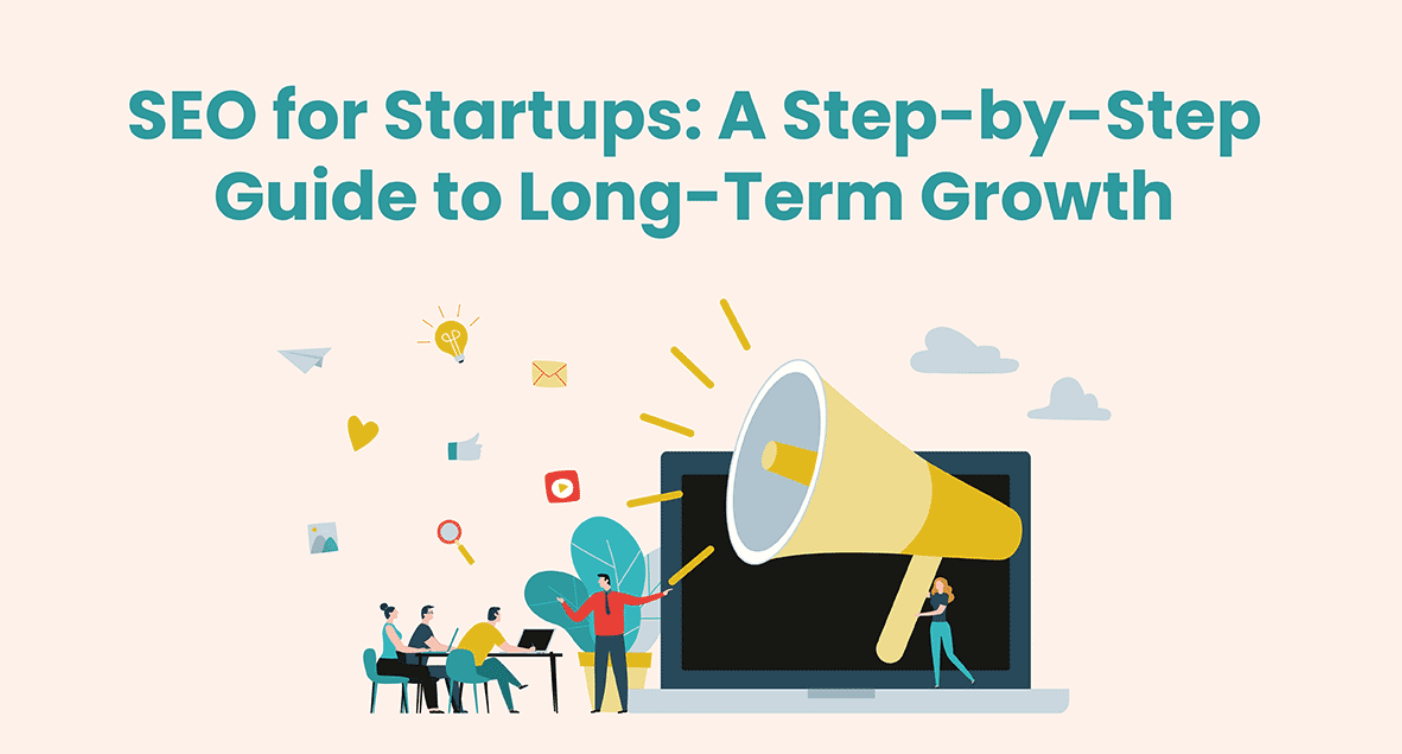One main concern for many growing brands is how to promote their brand without breaking the bank?
Here is what you need to do to grow your brand with little money and a lot of time!
Promoting My Brand Online: Without a Big Marketing Budget
1 – Website Optimization:
Make sure your site is set up properly and fully optimized in order to convert visitors into purchasers. Place Google Analytics and Facebook pixels to track user behavior. This data will be critical in optimizing your website and campaigns in the future.
Implement an email popup on your homepage and an email subscription form to capitalize on website visitors interested in your content, product updates, discounts and other news.
Your homepage should answer the following questions in a creative way with imagery, copy and content:
- What is it? (the product)
- Who needs it? (the target audience)
- Why is it better? (differentiating value props and benefit)
- How is it used? (the product in action)
- Where can I get it? (direct CTA that leads to purchase)
Make sure your website navigation is set up to quickly and easily move users through the site.
Your product pages should feature high-res product photos (and lifestyle photos, where relevant), with brief but clear descriptions of product features and benefits above the fold, and secondary information – like related products and customer reviews – below the fold.
Finally, optimize your site for mobile browsing – though conversion rates are lower on mobile, more purchases are made on mobile than desktop, overall.
2 – Email Marketing Campaigns
Email marketing is one of the most efficiently scalable channels available to any marketer – it requires the same investment of money and resources to create an email, whether you send it to 100 users or 1 million.
First, vet the various email service providers (ESPs) to see which functionality, features, integrations and pricing fit your needs and goals.
Segment your audience to allow for granular targeting and personalized content based on demographics, behaviors, interests and more. Once you’ve separated out your audience segments, build automated sequences or workflows based on conditional triggers to send users the appropriate message for whatever stage they’re at in their customer journey.
Apply A/B tests wherever you can and learn from everything you send to your audience. Many marketers don’t test their workflows because many ESPs still don’t offer this feature. Find a platform that allows you to test so you can always pick the right option.
Perform quality assurance (QA) before launching anything. There is a lot of room for error in email marketing and it’s especially important to catch mistakes in your workflows before they’re automatically sent to everyone on your list. Don’t compromise the integrity of your brand – have multiple sets of eyes triple-checking your work.
3 – Retargeting
As mentioned earlier, setting up your Google and Facebook pixels is essential to proper data tracking and campaign optimization. Turn on ecommerce tracking in Google Analytics to collect product and revenue data. Set up a product catalog within Facebook Ads Manager to easily set up retargeting campaigns based on how people have interacted with your brand and products.
Identify your sales funnel and the best ways to reach your audience at each step. Every brand’s retargeting strategies will require a different number of touchpoints over a different time horizon with different messaging and content, depending on your products, price point, target audience and more.
With a clear understanding of your retargeting strategy, you’ll be ready to move customers efficiently through the funnel once you’re ready to put some money behind paid media campaigns.
4 – Organic Content
Providing informative, inspirational and entertaining content is a low-cost way to stay top of mind and build trust with your target audience. Consider their needs and wants to determine what topics you should cover and how to cover them.
Align these topics with your business goals to make sure you’re not just creating content for the sake of it – your content should both provide value to your target audience and encourage them to consider your products, however indirect or subtle.
5 – Influencers
Before you even think about which influencers to pair with, be sure you have a clear understanding of your target audience. Knowing who you’re talking to and what resonates with them will help you find influencers whose audiences align with yours.
As with any marketing strategy, set goals and KPIs before taking any action. Without benchmarks, you will have no frame of reference to determine whether your campaigns were successful.
Many brands make the mistake of paying as they go when it comes to influencer marketing. Before they know it, they’ve spent way too much. Instead, set aside a small budget for influencer partnerships and build your target list from there.
Don’t automatically go for the influencers with the largest audiences – a variety of factors will dictate which influencers make sense for your brand. If your goal is to increase awareness, then audience size and reach will be important. If you’re looking to educate people about specific products, influencers with smaller but more focused and engaged audiences will make more sense.
Conclusion
While you may not be able to hire a team of marketers or outsource marketing to an agency, you can still accomplish a lot with a small marketing budget. Putting in place the foundational pieces outlined above will set you up to grow organically to the point where you’ll soon be able to scale your marketing spend and activate new channels to accelerate growth.




